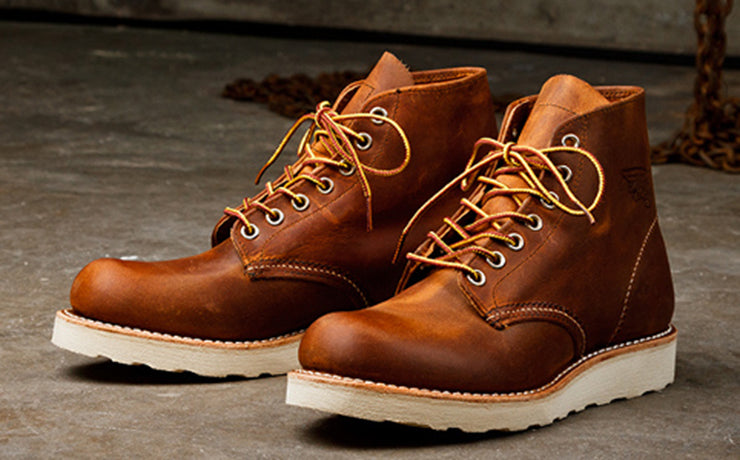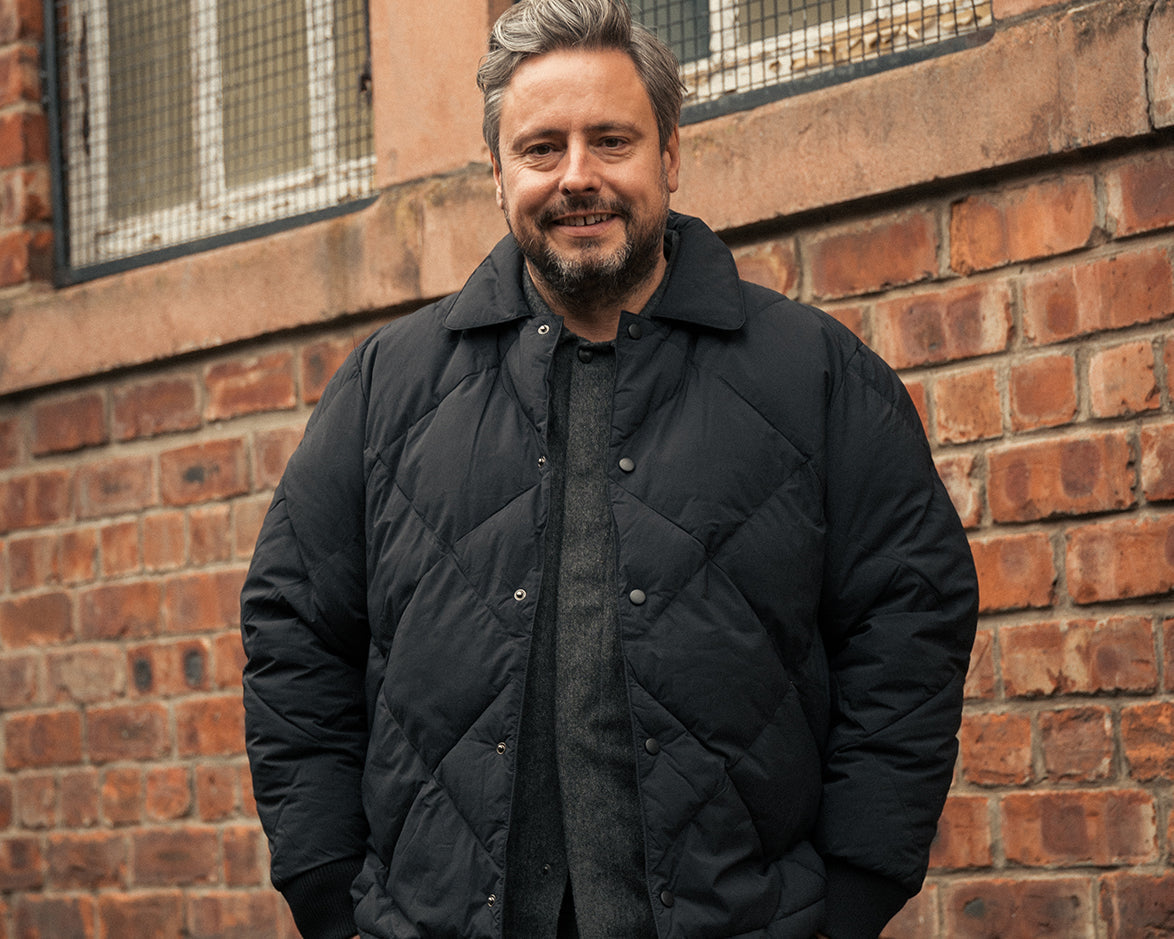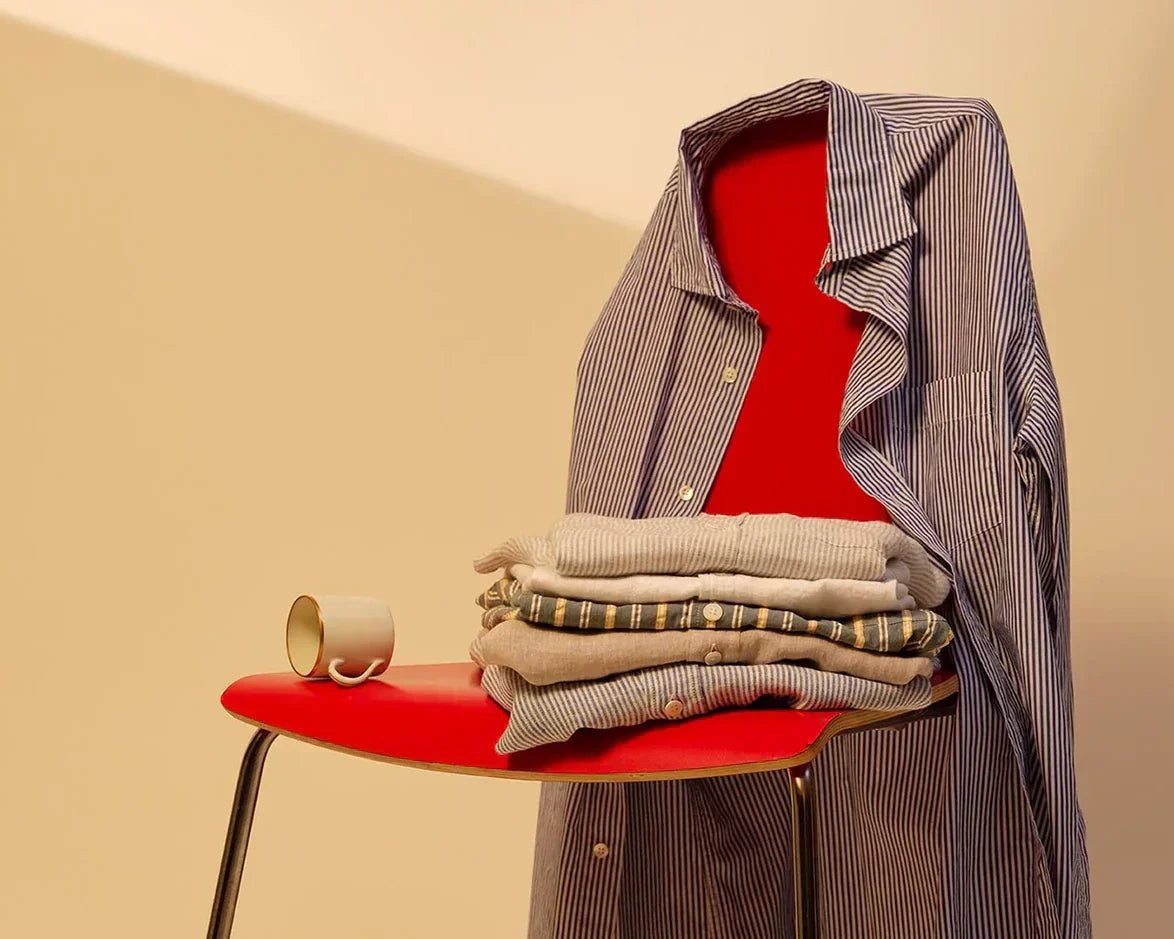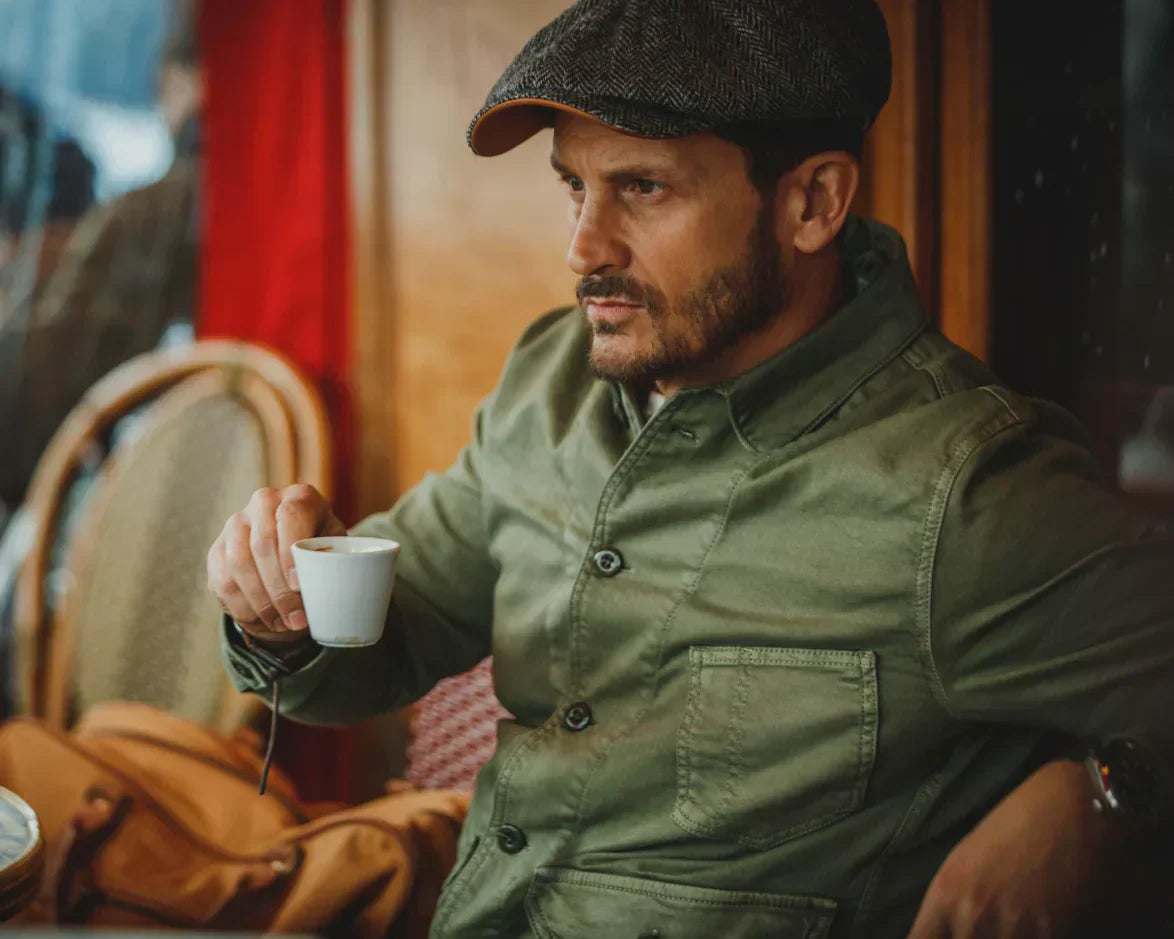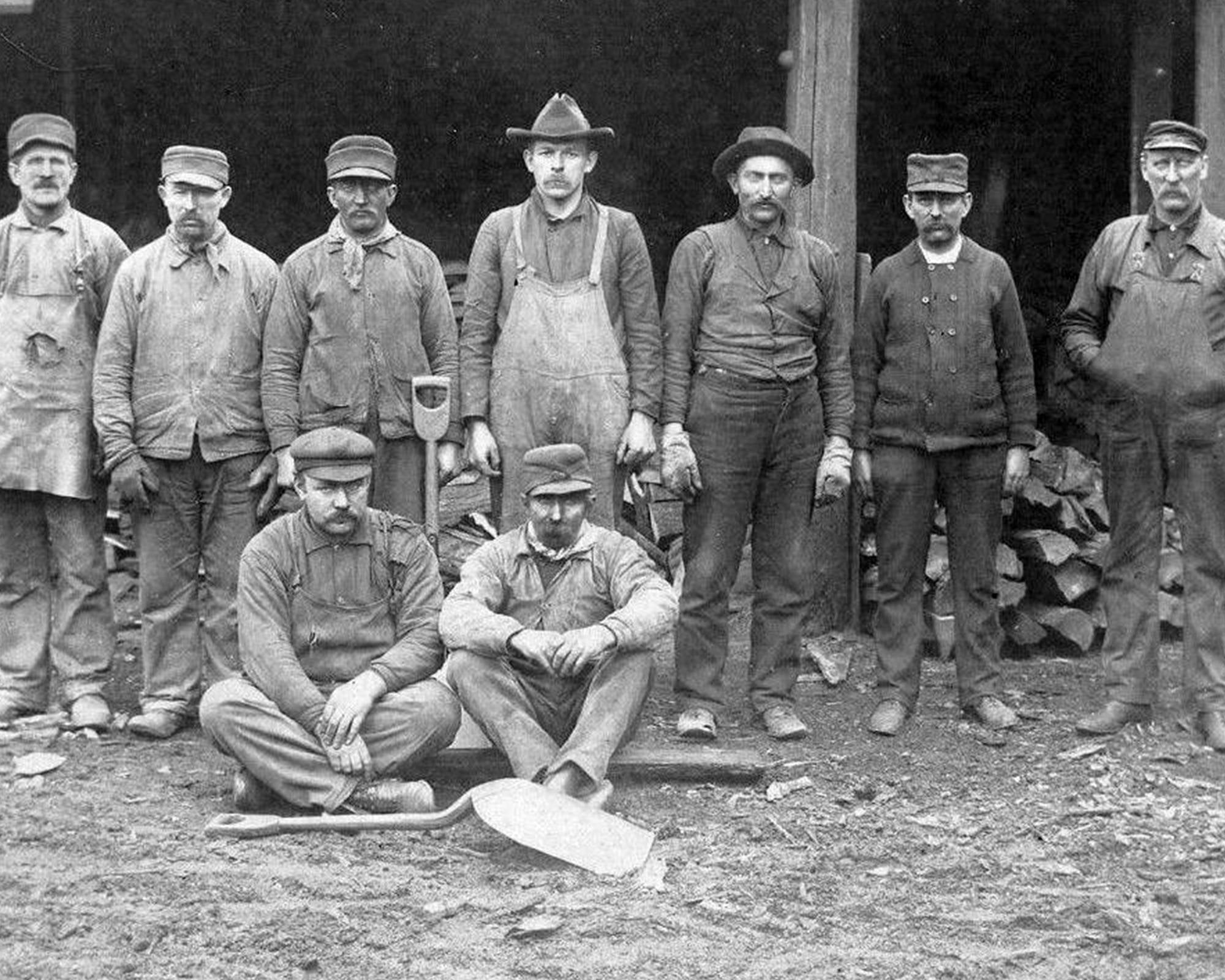
THE WORKWEAR JACKET
We've just moved into a larger flat, so I've finally unpacked all of my clothes. I'm not gonna lie, I've got a few clothes. Sure, I've got loads of shirts, but my partner is truly amazed at the number of jackets I have: a whole wardrobe of jackets at the front door! And my own coat stand. And perhaps another press cupboard (or two)...
I justify them by explaining their differences and their different applications, although she tends to tune out and wander off after a little while. Last count gave me a total of around 90 jackets, excluding suit jackets (more on that later). Little does she know that I reckon there are a few gaps that need filling...
Most of my jackets are humble workwear jackets.
Now, the workwear jacket is something the Americans will tell you is a great US invention. Whilst they have made a few of the most iconic ones - like Carhartt and some mind-blowing heritage wear; the Japanese are running with it, refining the workwear jacket and doing a stunning job. But the origins of the workwear jacket lie in Russia.
Up until the 1900's everyone headed to work in their tattiest tweeds and wool coats, apart from the some Russians who were starting to 'organise'. In Russia, a few factories began to distribute tunics for workers in the heavy industry and manufacturing sectors.
The French saw this and liked the idea. Before too long they saw it as a worker's right - not to ruin their own, personal clothes. They went to their trade unions and (as a French worker would) made demands. Within a very short space of time, all French tradesmen were wearing chore coats adapted to each trade. The big three of these chore coat manufacturers are amazingly still in operation today - Mont Saint Michel, Vetra, and Le Laboureur.
It didn't take long for the rest of Europe and the USA to catch on to this, from US rail workers to the British shop keeper. Be it a short workwear jacket for a demanding physical production line, a coverall for mechanical assemblists with oils and lubricants knocking about, or indeed a baker or greengrocer keeping their shirts and ties clean from flour or a particularly soiled spud.
None of these items were worn outside the workplace until very recently.
Counter-culture clothing from the 60's to the 90's was old military wear, not the old factory coat. It's only in the last 15 years that people have seized on the vivid blue, French work jackets hanging about in vintage shops and fallen in love with their humble and honest appeal.
So, what defines a workwear jacket or chore coat?
Cotton construction - durable cheap cloth, easily washed, easily repaired, easily replaced. No lining, no refinements, no hidden seams or stitching. Utilitarian design - patch pockets, cheap construction and often lapel-less (top collar only).
In the UK, a few fashion companies saw this opening and began making chore coats, but with finer styling, interesting twists and stylised detailing. The best of these is unarguably Universal Works' famous 'bakers jacket'. It was based on the jacket worn by UW's David Keyte's father, who was a baker.
Many of the small, utility fashion companies kept re-imagining these pieces. It was predicted that workwear style was to be short-lived, yet here we are 15 years later, and men and women of all ages are still wearing them. Men in their 40's, 50's and 60's have never been so well dressed. It is a youthful look, yet a chore coat looks as great on a 60-year-old as on an 18- year-old. When has that happened in history before?
Workwear style was born from vintage shop finds and recent counter-culture trends that have fed back to fashion businesses. Why is the preference leaning towards the chore coat, rather than say, the two-button jacket?
And why has the 2-button jacket carked it? I worked in tailoring for a wee while and wore a suit most days, albeit flamboyant ones. When would I wear one now? A wedding? I popped one on just now, whilst I was writing this and it felt weird. Why is the button position so low? Why 'the luxury of cloth' on the lapel? Why is my whole chest exposed? Why are there hidden pockets with flaps? And why would I want to look Edwardian?
It looks old hat and dated. OK, so if it's creased linen and worn with a tee, that's one thing. A 3-button tweed and jeans; that's kinda cool. But the 2-button jacket either looks too smart or too costume.
But where now for the humble chore coat? Finer fabrics and no longer focused on cotton cloths: with corduroy, harris tweed, linen, interesting denims and moleskin fabrics all appearing in the mix. On some, a small lapel has returned, some don't have patch pockets, there are also some handsome bi-colour / mixed cloths. Whatever the tweaks or re-imaginings of workwear by UWs, YMC, Folk, and their American counterparts, the workwear jacket is here to stay. Even the likes of 'The Rake' magazine have taken note, perhaps begrudgingly.
If you haven't worn one, come to the shop and just try one, see what the fuss is about.
GET THE LOOK
Well, we have to start with Universal Works famous baker's jacket. UW is based in Nottingham and we've stocked them from Frontiers' first day. The baker's jacket is a proper British affair, longer than most other chore coats, so good coverage from our weather. Their standard jackets are cotton twill. Durable with a phone/change pocket on the left-hand side. We always carry this staple with a matching trouser, if you want to look smart or don't want to think about what to wear with them. This year we are also doing the bakers jacket in a more heavyweight canvas, in indigo and a light green 'laurel' colour. You'll also notice this limited edition has a calico ribbon sewn-in from cuff to pit, to hem. Lastly, we have a limited, super-lightweight edition in indigo-dyed herringbone, a perfect holiday jacket.
If you prefer a shorter jacket that's high on design, Folk has multiple options for you. Now, I can't list all the details on a Folk jacket or we'd be here all day. When we choose Folk for the shop a lot of time is spent inspecting the garments, as they're bristling with hidden features. This year's Overlay has been one of their best and the jacket features a heavy twill to the body and a tonal patch detail in a finer cloth to the pockets and forearm. The zips and pull tabs are of the highest quality. Also from Folk is the much cleaner looking Signal jacket in corduroy; zip fronted with in-line seam pockets. We also stock the Orb and Horizon jackets which are both heavy, garment-dyed twills in a more washed out/antiqued cotton. Kestin's Arbroath jacket is the best colour this year, in a vivid orange, perfect with a pair of selvedge jeans. It's a heavy-duty corduroy that'll age well, with its 'fly front', small top collar, square pockets and a shirt sleeve cuffs. Also for a smarter look, his Kenmore blazer is a super lightweight cord, with an angled pocket and visible 'ghost stitch'. This jacket comes with a matching trouser.
If durability is your number one factor in a chore coat Le Mont St Michel should be your choice. The Work Jacket - perhaps the one that started it all - comes in a cloth that's akin to armour. Bulletproof construction. 9 colours this year including that vivid French workwear blue.
This year we leant on YMC and Norse Projects for our overshirt offering, still a workwear look and use, but lighter and no bottom pockets. Norse, as ever, is sharper than a razorblade, the Kyle shirt is reinforced in the chest with an extra layer of cloth and the Jens (yens) is a packable number. Whereas YMC is quite the opposite, playful, fun and relaxed in silhouettes, the Doc Savage shirt, is heavy enough to be worn as a jacket, its as boxy as things get and the patch pockets are massively outsized and have an internal binding strip to keep them well supported, with a visible stitch showing through to the outside of the garment.
Working on a modest budget, but still want that American worker look? Lee 101 has got you covered with two workwear shirts, one in a soft lichen colour and one in a hickory stripe for breaking rocks in a chain gang. If this is too 'U.S.A. U.S.A' for you, head back over to France and check this very well priced Veste de Pechure by Armour Lux - zut alors!
Lastly, if you're looking for a packable, lightweight for holidays Alex Mill has his cotton shirt jacket. This is a seriously smart number.
All of these garments look at their best with the trousers provided by the companies that make them, matching or contrast. They all sit well with selvedge denim or all that lounge-wear you've been buying over the last two weeks.


